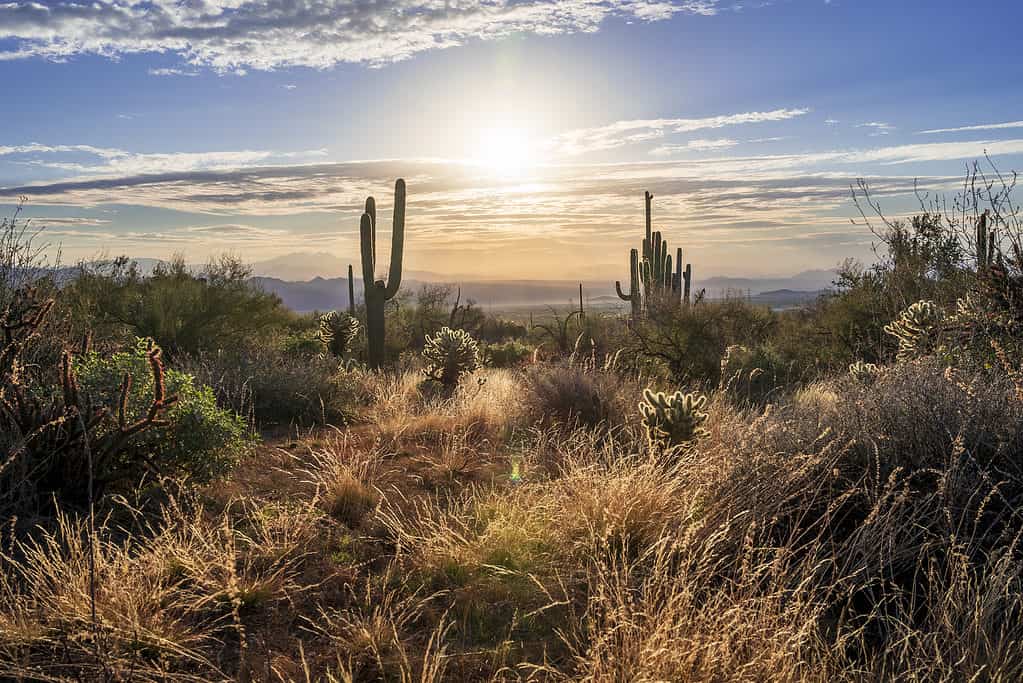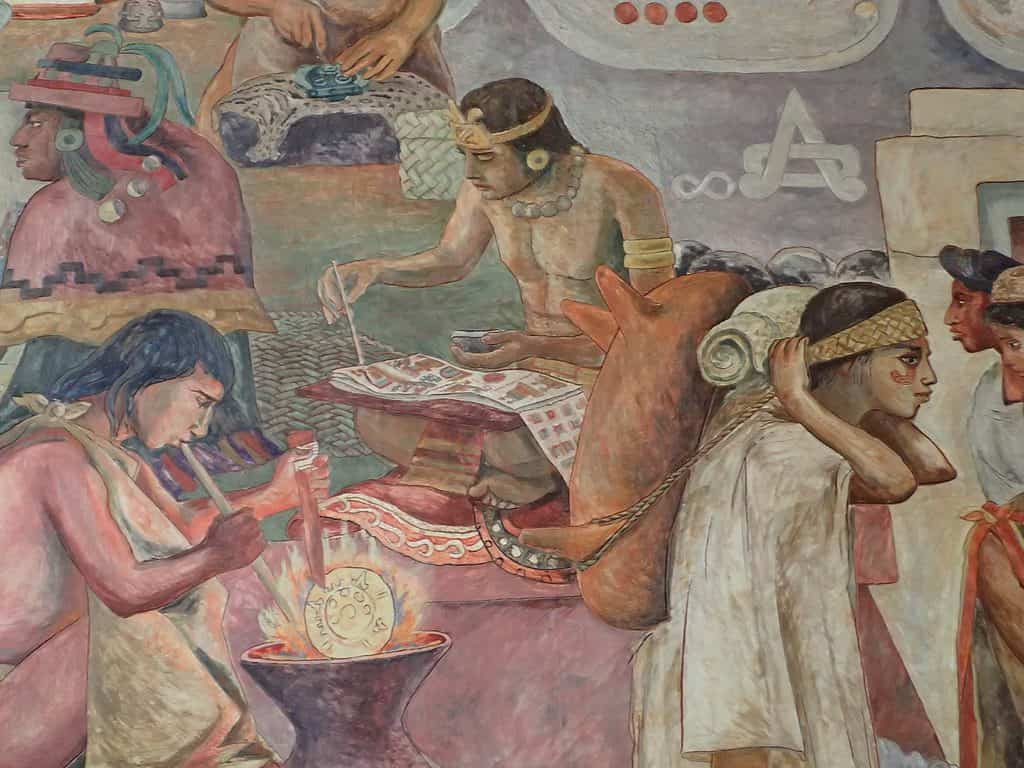The term “Western Hemisphere” is often used to refer to the continent of North America. In this part of the world, there was a gold rush in the 19th century characterized by a frenzied search for gold and other precious minerals. During this period, finding a gold nugget was everyone’s biggest dream. On a few occasions, a few fortunate people ended up with a large gold nugget. One of the luckiest finds in this region of the world was the “Boot of Cortez,” the largest gold nugget ever found in the Western Hemisphere.

To clarify, a gold nugget is a chunk of native gold found in its natural state. People extract gold nuggets through placer mining or from worn gold veins left behind in abandoned mines and residual deposits. This post details some of the most interesting facts about the “boot of Cortez.”
Largest Gold Nugget Ever Found
The “Boot of Cortez” is reputed to be the largest gold nugget ever discovered in the Western Hemisphere. The fact that it is shaped like a boot is where the term “boot” originates from. The “Cortez” part of the name is a reference to both the location where it was found and the name of the first Spanish conquistador in Mexico.
The nugget was 10 3/4 inches tall and about 7 1/4 inches wide. The mass of this enormous gold piece was 389.4 troy ounces. Aside from the size, another thing that made the Boot of Cortez’s discovery particularly remarkable is how recently it was found. Some of the most remarkable finds in the Americas happened in the 19th century, during the height of the gold rush. This massive gold piece was unearthed in 1989, long after the active mining days were over.
The Boot of Cortez is in a class of its own when it comes to how massive it is. To put the size into perspective, the second-largest Western Hemisphere gold nugget, discovered in Alaska, weighs 100 ounces less than the Boot of Cortez.
Most likely, all the massive gold nuggets found so far have since been melted down and sold for their precious metal content. The famous “Boot of Cortez” is the only intact artifact left from that era. The nugget is a fascinating piece that has been displayed in several museums worldwide. Many authorities believe it to be the most authentic nugget now in existence.
Among other venues, it has been displayed at the Tucson Mineral Show and the American Museum of Natural History. Since its discovery more than two decades ago, tens of thousands of gold and mineral aficionados have had the opportunity to admire this stunning gem.
The Boot Of Cortez’s Discovery
The story of the discovery of the largest gold nugget in the Western Hemisphere started in the Mexican state of Sonora. It was found in a place called Caborca, located close to the Gran Desierto de Altar, one of the major subregions of the Sonoran desert. The “Sea of Cortez,” also called the “Gulf of California,” is roughly 60 miles west of this location.

This is the setting where a native Mexican man embarked on his search for buried wealth.
©iStock.com/Eric Mischke
The few plants and animals hardy enough to live in this bleak, merciless desertland must endure daytime temperatures that routinely exceed 125 degrees in the shade and blast furnace winds that can deprive them of their life-sustaining water.
This is the setting where a native Mexican man embarked on his search for buried wealth. In the past, there had been discoveries of nuggets, which fueled the gold-seeker’s optimistic enthusiasm. To aid his search, he did something very much against the norm: he went to a RadioShack store and bought a metal detector for his buried treasure search.
The choice of instrument was odd because using a metal detector in the search for gold nuggets is not the norm. He learned how to use it by practicing on buried coins and other metal things, and then he set out for a region that was said to have produced nuggets.
Countless tedious hours passed with only the occasional “beep” from his earphones to indicate a possible discovery. The vast majority were caused by outdated or rusty weapons. The “beep” eventually began to sound slightly different. Not believing what he was seeing, he continued to dig, and the gleaming surface seemed to go on and on. After he had completely uncovered this magnificent nugget, it was immediately apparent that it was enormous.
How Much Is The Boot Of Cortez Worth?
The man who found the boot-shaped gold nugget eventually sold it to his boss for $30,000. Since then, it has changed hands a couple of times. The last recorded public sale was in January 2008, when it sold at auction for $1,314,500.
The nugget is deservedly worth a lot of money. The bright golden-yellow color of the massive piece is an indication of its high purity. Experts think the nugget is up to 94% pure gold, which is why it is worth so much.
Big Nuggets Hunting In Mexico
The famous “Boot of Cortez” is not the only gold nugget that has been found in Mexico. In fact, prospecting for gold in the country began as early as the 1500s, when the first Spanish conquistadors arrived in the region. Prospecting for gold was one of the first things the Spaniards did after displacing the native Indians from their land.
Since those early days, gold and other precious minerals have been found in abundance in Mexico. We owe these discoveries to the unique geology of the country. Gold and other precious metals we see on the surface today were formed deep within the earth. They’re only able to make their way to the surface in places where earthquakes and volcanic eruptions commonly happen. Mexico has had more than its fair share of these natural occurrences throughout geologic history. Fortunately, these catastrophic events have left gold deposits like the Boot of Cortez in place.
Mexico is still home to several large gold mining operations that are producing significant amounts of gold at present. The location has a very limited water supply, making the traditional placer mining method impossible. The only practical mining methods for the small-scale prospector are metal detectors and dry washing.

Prospecting for gold was one of the first things the Spaniards did after displacing the native Indians from their land.
©2,468 × 1,851 pixels, file size: 746 KB, MIME type: image/jpeg – License
Conclusion
The Boot of Cortez is often described as the most unusual and attractive large gold nugget in the world. The unique shape and pristine condition of this nugget make it a one-of-a-kind discovery, not just in the Western Hemisphere but worldwide.
The photo featured at the top of this post is © corlaffra/Shutterstock.com
FAQs (Frequently Asked Questions)
Where was the "boot of Cortez" gold nugget found?
It was found in a place called Caborca, located close to the Gran Desierto de Altar, one of the major subregions of the Sonoran desert.
When was gold prospecting started in Mexico?
Prospecting for gold in the country began as early as the 1500s, when the first Spanish conquistadors arrived in the region. Prospecting for gold was one of the first things the Spaniards did after displacing the native Indians from their land.
Thank you for reading! Have some feedback for us? Contact the AZ Animals editorial team.







